Fire suppression systems play a crucial role in protecting both lives and property. These systems are designed to detect and control fires quickly, minimizing damage and ensuring safety. A well-designed fire suppression system can make all the difference when it comes to effective fire management. Understanding the basics of these systems and their importance is the first step in making sure your home or business is protected.
Choosing to invest in professional fire suppression system design brings many benefits. Professionals have the expertise to design systems that meet specific needs and comply with safety standards. They use advanced technology and knowledge to create solutions that provide optimal protection. This level of detail and precision is crucial in ensuring that the fire suppression system functions correctly and efficiently.
Maintaining and testing your fire suppression system is also essential for its performance. Regular checks and maintenance ensure the system is always ready to act in the event of a fire. Proper maintenance can prevent system failures and extend the life of the equipment. By staying proactive with inspections and upkeep, you ensure the safety and security of your property.
Understanding Fire Suppression Systems: What You Need to Know
Fire suppression systems are specialized units designed to detect and control fires quickly. These systems go beyond traditional fire alarms by actively working to extinguish or control the fire until emergency services arrive. Common types of fire suppression systems include water sprinklers, gaseous suppression agents, and chemical suppression systems. Each type is suited for different environments and fire hazards.
Water-based suppression systems, like sprinklers, are the most commonly used in residential and commercial settings. They are effective for common combustibles like wood, paper, and fabric. Gaseous suppression systems, on the other hand, release inert gases or chemical agents to smother flames and are ideal for places with sensitive electronics, such as server rooms. Chemical suppression systems use substances like dry chemicals or foam and are often used in industrial settings where flammable liquids are present.
Understanding these systems helps you choose the right one for your property, ensuring optimal protection. Each system must meet specific codes and standards to be effective. Knowing how these systems work and their intended applications is crucial for maintaining safety and compliance.
Key Elements of Effective Fire Suppression System Design
Designing an effective fire suppression system involves several key elements. First, it’s essential to conduct a thorough risk assessment. This assessment identifies hazards and determines the most appropriate suppression methods. Factors like the type of property, materials present, and potential fire sources play a significant role in shaping the design.
Another critical element is the integration of detection devices. Smoke detectors, heat sensors, and manual pull stations must be strategically placed to ensure early detection. Faster detection means quicker response, reducing potential damage and increasing safety. Proper placement of these devices is crucial for the system’s overall effectiveness.
System reliability and redundancy are also vital. A well-designed system includes backup components to ensure it functions correctly even if one part fails. Regular maintenance and testing are necessary to keep the system in good working order and compliant with safety codes.
Finally, clear and accessible user instructions are essential. Anyone in the building should know how to activate and respond to the fire suppression system. Emergency plans and regular drills further enhance preparedness and ensure everyone knows what to do in case of an emergency. Proper design and implementation of these elements contribute to a robust and reliable fire suppression system.
Top Benefits of Investing in Professional Design Services
Investing in professional fire suppression system design offers several key benefits. One major advantage is the expertise and experience that professionals bring. They have a deep understanding of current safety codes and standards. This ensures your system is designed not just for optimal performance but also for compliance with legal requirements. Their expertise can make a significant difference in the level of protection your property receives.
Another benefit is the customization of the system to fit your specific needs. Every property is different and has unique fire risks. Professionals assess these risks and tailor the system to address them effectively. Custom solutions are more efficient and can provide better protection compared to generic, one-size-fits-all systems. This customization extends to the choice of materials, placement of detectors, and type of suppression method used.
Additionally, professional design services include thorough testing and inspection. Before a system is finalized, it undergoes rigorous testing to ensure it works as intended. Professionals identify and fix any issues, making sure the system is reliable. This process gives you peace of mind, knowing that your fire suppression system is ready to protect your property when needed.
How to Maintain and Test Your Fire Suppression System for Optimal Performance
Maintaining and testing your fire suppression system is essential for ensuring it operates correctly. Regular inspections are the first step in maintenance. Conduct visual checks of the system’s components, such as detectors, control panels, and suppression agents. Look for any signs of wear and tear or damage that might affect performance.
Routine testing is also crucial. Schedule tests according to the manufacturer’s guidelines to ensure all parts of the system are working. For example, test smoke detectors by pressing the test button and check suppression agents for adequate levels. Automatic systems should be triggered periodically to check their functionality, but consult professionals before doing this to avoid accidental discharges.
Another important aspect of maintenance is keeping the system clean and free of obstructions. Dust and debris can hinder sensors and nozzles, reducing their effectiveness. Ensure that the area around the fire suppression equipment is clear and accessible, enabling quick and unobstructed response in emergencies.
Regular professional maintenance is highly recommended. Experts can perform thorough inspections, tests, and necessary adjustments. They can also provide training on how to handle the system and respond to alarms, ensuring everyone in the building knows what to do in case of a fire.
Conclusion
Designing, maintaining, and regularly testing your fire suppression system is crucial for the safety of your property and its occupants. Understanding how these systems work and the key elements involved in an effective design can help you make informed decisions. Professional services offer tailored solutions that comply with safety standards, providing robust protection against fire hazards.
Regular maintenance and testing ensure that your fire suppression system is always ready to perform when needed. By staying proactive and vigilant, you can prevent potential failures and extend the lifespan of the system.
For comprehensive fire suppression system design and maintenance, trust the experts at Stalker Electric. We’re committed to ensuring your safety with top-quality systems and services. Contact Stalker Electric to learn more about how we can help protect your property.
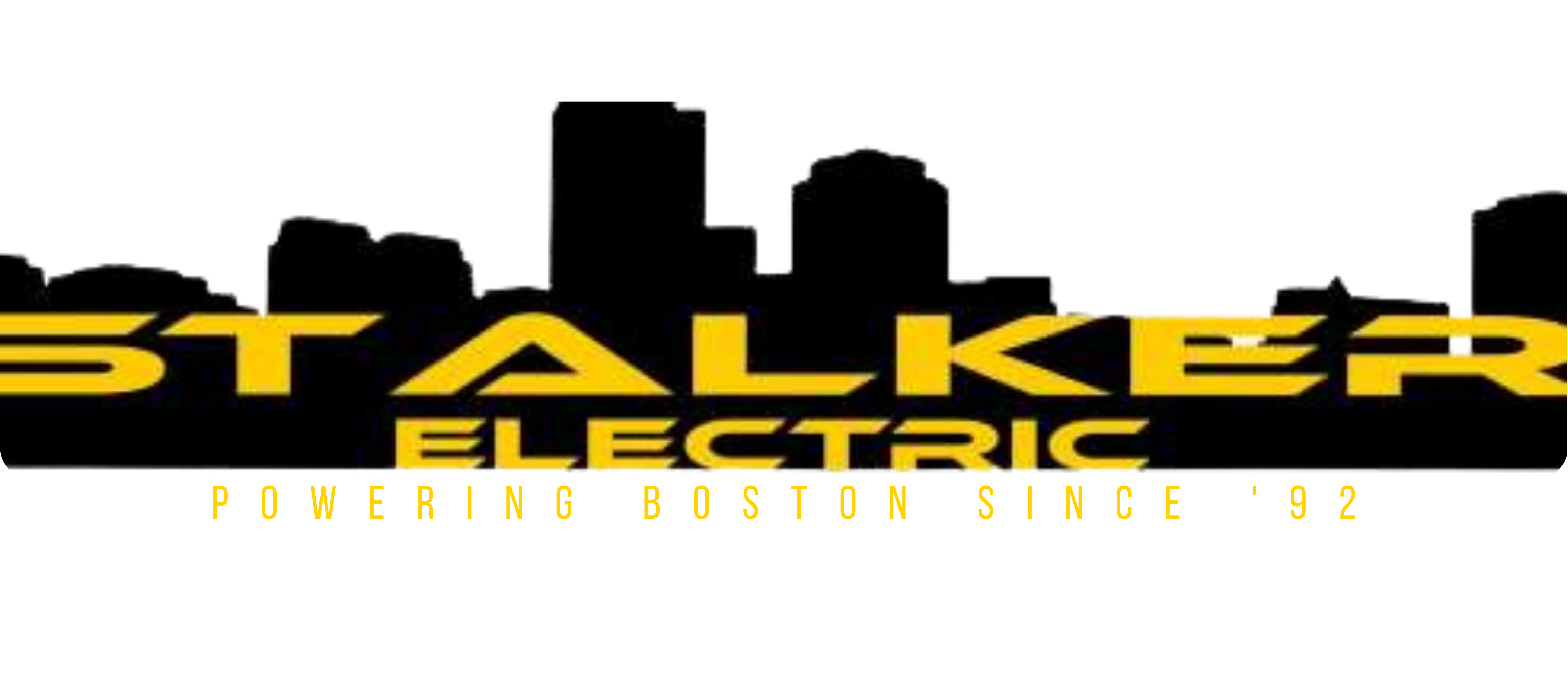
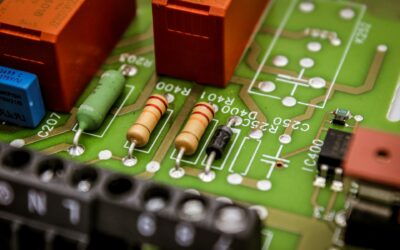
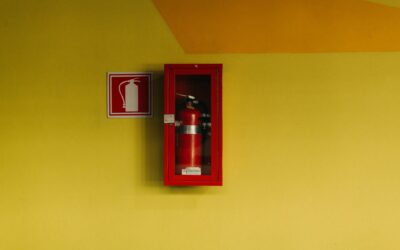
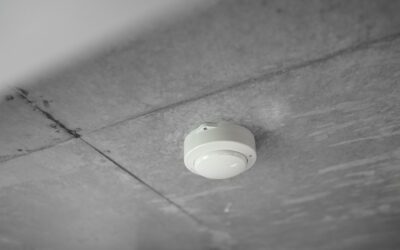

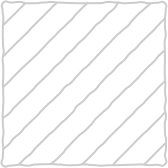
0 Comments